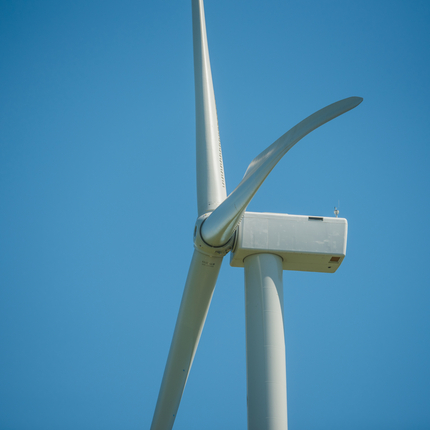By Molly Malone, former staff member
Congestion and access to the electric grid are keeping rural Minnesota from reaching its full potential in producing clean energy.
It’s a dilemma that has gained the attention of Gov. Tim Walz and a Climate Change Subcabinet as they plan for how Minnesota will address and prepare for climate change.
The recently-released Minnesota Climate Action Framework identified improving electrical grid reliability and access to renewable energy as priority actions that will move the state toward its goal of ensuring all Minnesotans have reliable, clean, and lower-cost energy.
Overall, the plan outlines priorities and next steps to help Minnesota achieve a vision for a carbon neutral, resilient, and equitable future. In addressing clean energy and efficient buildings, the plan sets priority actions, including:
- Establishing a standard to achieve 100% carbon-free electricity and 55% renewable electricity by 2040.
- Ensuring the power grid is reliable and affordable and has adequate capacity, and that all Minnesotans have equitable access to renewable energy and energy efficiency opportunities.
- Reducing the energy burden so at least 80% of Minnesotans spend less than 5% of their household income on energy costs by 2030.
- Creating equity by investing in energy efficiency programs, and ensuring communities of color, tribal nations, and lower-income communities have access to them.
- Helping lower-income households access local and affordable renewable energy, with options such as community and rooftop solar.
To reach its renewable energy standard goals, the plan called out wind energy development as an area of opportunity, noting that increasing production could lower property taxes and provide additional revenue for rural counties.
In developing the Climate Action Framework, the subcabinet received more than 130 written comments and nearly 3,000 responses to online surveys. As the state looks to accelerate its transition to clean energy, public input and collaborative work should remain an integral part of the process to ensure Minnesota is using its resources to their full potential.





